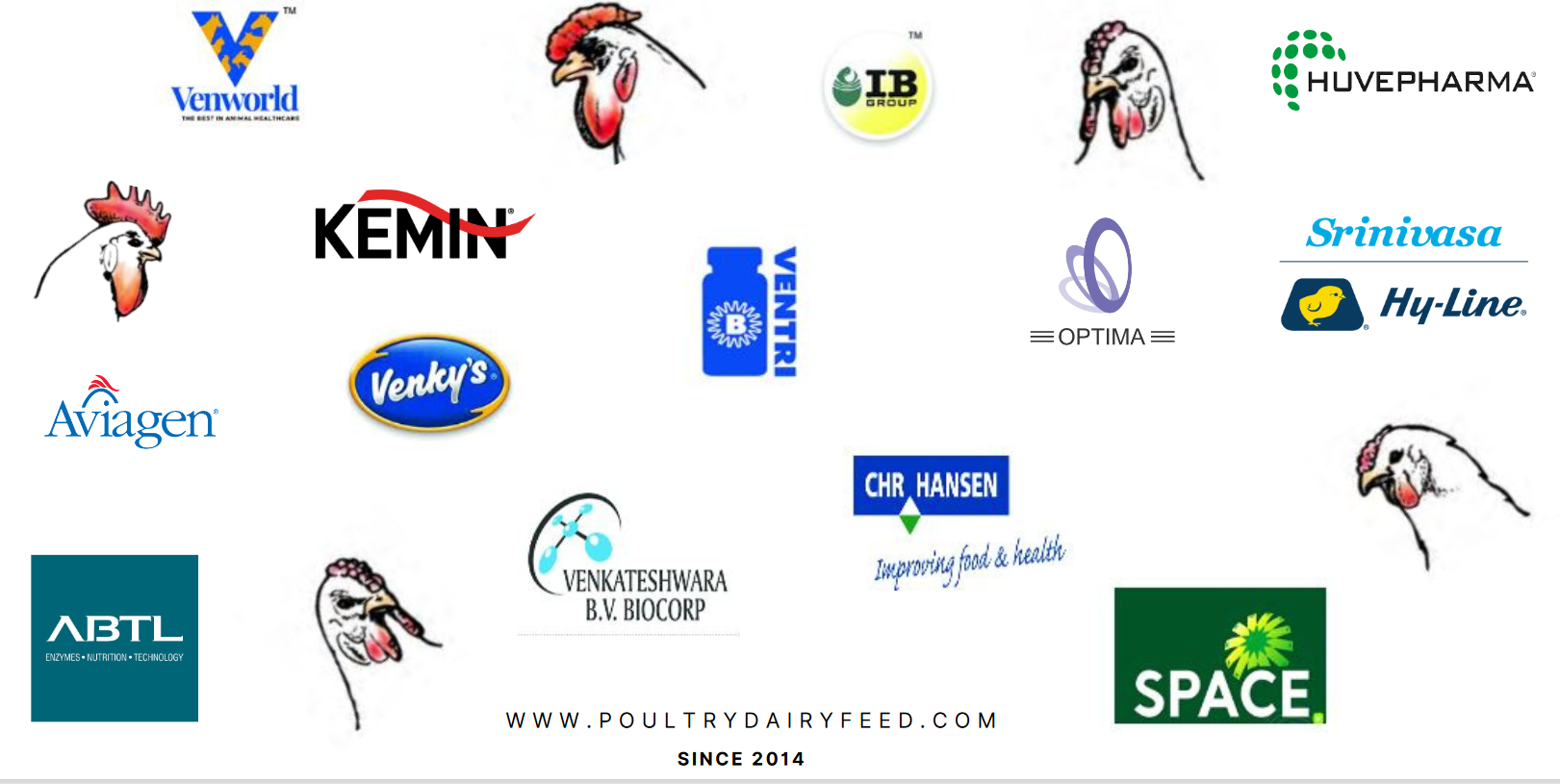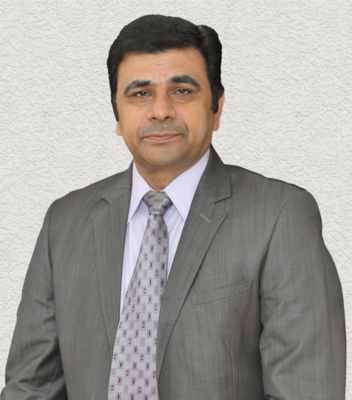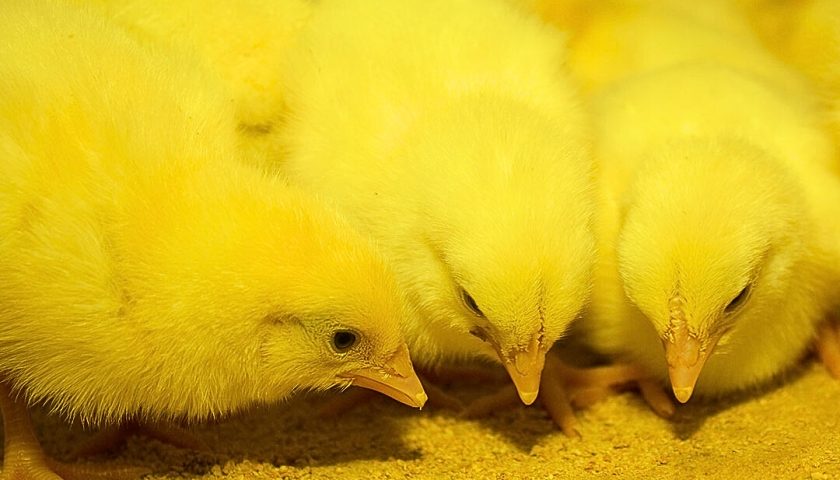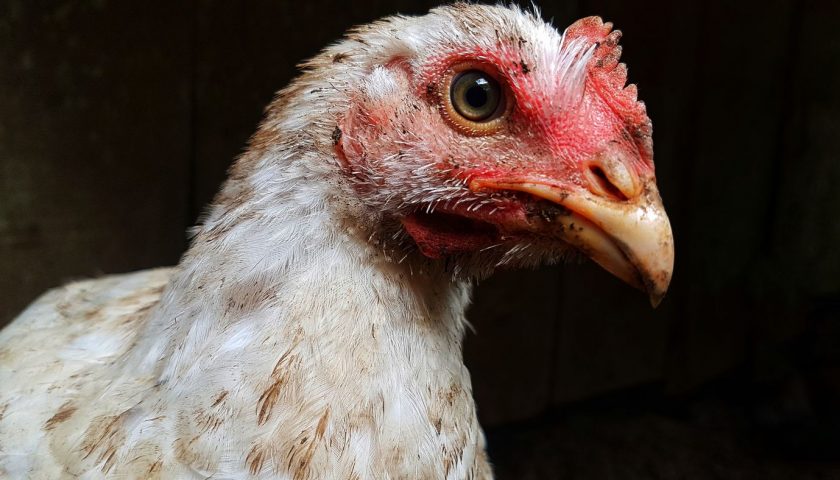Mr. O.P Singh, M.D; HUVE Pharma S.E.A
I am writing this at a time just when the COVID-19 news cycle is making way for African swine fever (ASF) which has been reported in India for the first time and the political manoeuvre declaring ‘we are ready’ to companies looking to exit China and making their way into India! Do I lament or do I cheer? I’ve time for neither, because I’ve a house to put back in order, and I better get a move on it.
I’m not sure what percentage of Indian companies had an existing framework or a policy for ‘work from home’ before the lockdown precipitated by COVID-19. Since our industry is so people centric and real time, and ofcourse, because ‘who does sales from home??’, we didn’t have one! When the lockdown was announced, I think the feeling was like when in school, an unexpected ‘off day’ would be announced and you would go home, only difference being, in this case you weren’t returning the next day, far from it.
Since no one knew what was happening, the first potential challenge we expected was flagging employee motivation and engagement. The management team rallied and put together a daily interface comprising of technical trainings, marketing sessions, business reviews, updation of data etc.. Wellness of our team – physical and mental was a priority for us, for one, the business climate has been cloudy for a time now and for another, COVID brought with it fear of the unknown and uncertainty. The regular engagement ensured that the team remained anchored.
The second challenge was how to protect the business itself that was rendered handicapped. One team was constantly working on finding ways to reach our products to its customers to make sure we had a business to get back to on the other side of COVID-19.
The third challenge was how to continue paying salaries to our workforce. I’ve been an employee myself at a point in life and I understand how every penny coming in, is already spoken for, before it even hits your account. The anxiety in the employee’s minds was palpable. It was a character defining moment for the organisation and we managed to work our way through, making an accommodating decision for all.
I won’t be alone when I say that these past 6 weeks have altered a lot of things for us.Its made us think of things we otherwise never would have had to. It was a realisation of what was important in life and what wasn’t. For the first time we were left to our own devices at a time which was clearly ‘make or break’. The team was looking to each other for hand holding and support. We relied on each other to bring to the table experience and wisdom, to create our own model which helped evaluate our current situation, and also ensure that in the time to come, we not only survive , but thrive.
So far, it was each for his own. But if you ask me, going forward, it’s my firm belief that the industry will have to act and work collectively, because the revival of the industry is beyond the scope of mere corrections. Our action areas will need to be defined, because the future of this industry depends on how we understand what the market is telling us and not what we want it to be. I expect the following tenets to shape the industry:
How do I say this?
Post Covid-19, there will most certainly be a change in consumption of animal protein. How consumer looks at the industry right now will change. Its likely to manifest itself through:
- Consumer behaviour
- Demand for food safety
- Demand for hygiene in supply chain & delivery
In India, social media and rumour mongering fanned anti chicken sentiments, resulting in a loss of approximately 15 billion in the past 5-6 weeks. During the lockdown, demand has been low. Those still consuming have shown a clear preference to packaged , branded poultry products that vouch for high hygiene standards. It will not be an exaggeration, if in time to come, consumers demand bar coding of such products, scanning of which will give them access to the entire supply chain stages of the product. Millennials and Generation Z are the demograpic driving meat consumption in our country. They are more aware, understand and demand ‘food safety’ and are sophisticated in their choices.
I don’tsee consumers lining up outside chicken shops for their sunday special lunches for some time to come. And here, the spotlight shifts to our poultry processing. Currently about 5% of poultry meat is sold in processed form, of which only about 1% undergoes processing into value-added products (ready-to-eat/ready-to-cook).The poultry processing industry in India was expected to expand at a CAGR of ~12% between 2018 and 2023. However, taking into consideration consumers preference for packaged meat, this could go as high as 20%. Poultry is the major source of meat in our country, its share in total meat consumption is about 28%. And since we cannot allow this to change, we will need to look at the processing requirement, recalibrate our existing capabilities and capacities to prepare to match the demand.
Job losses and pay cuts are bound to lower the disposable income in the hands of urban and rural consumers alike. Over 70% of the Indian population in non-vegetarian. Eggs are the cheapest source of protein and chicken is the most loved meat! Will this change post COVID-19? While there are no statistics to support at this time, in this scenario chicken might become a luxury or once in a while eaten commodity. It will be natural behaviour for consumers to keep the focus on filling their bellies. Imagine the daily wage workers- those who are the customers for entrails, there aren’t any daily wages any more! The strata of society which can still afford it are not likely to fill the consumption gap.
In this likely scenario, the industry will need to ‘restructure’ itself in ways more than one. Future production will have to be rationalised by re assessing the market size to establish a figure of eggs and chicken that can be sold. We might have to look at price & product customization to keep poultry and products attractive for all consumers for inclusive growth.
On another front, institutional buyers like hotels etc constitute 40% of poultry/ products sale. This demand has been close to non-existent since mid March. There are yet no clear indications when this will change. This is a big hit to industry and we have no idea where from to make up for this gap.Even when this section is back on its feet, for patrons to flock to their favourite eateries could take 6-8 months. And this is provided they are satisfied about hygiene and safety standards followed at these establishments. ‘Biosecurity’ hitherto not applied in this context, will become the new normal for institutional business.It will be expected and it will have to be delivered.
Chicken growers and egg producing farmers will have additional responsibilities, to include that they adhere to and comply with food safety, biosecurity and hygiene standards in operations. And it cannot only be claimed. The claim will have to be legitimisedin order for the product to be acceptable. They will be expected to be able to prove the quality of protein, with full traceability. This will undoubtedly add to production cost and consequently transferred to the cost of protein delivered/kg body weight.A lot of small players might succumb to the pressures of the current situation and either perish or aggregate. If a company is in the poultry industry today and continues to see itself as part of it 10 years from now, this has to be considered as an investment.
The industry will have to step up to this challenge. Communication will be key. What worked against us, must be made to work for us. Distribution channels have to be sensitised to the need for higher degree of sanitisation.Production has to be calibrated to demand, to be managed very effectively and efficiently not just in the short term, but also in the long term. There can neither be surplus nor shortage. Availability in the right number will be key. Any mismanagement will only further perpetuate pricing issues and losses to each and every stakeholder in the integrated operation, which we can ill afford.
Its time to come out of our silos and put on a united front and take on these challenges head on. Not all of us will be of one mind, but this is an existential threat, which requires us to rise above any differences. Our industry has been put to and passed through several trying times. But we came out on the other side- stronger, smarter. This time should be no different, and I only hope we can add united to the words that are used to describe us.





